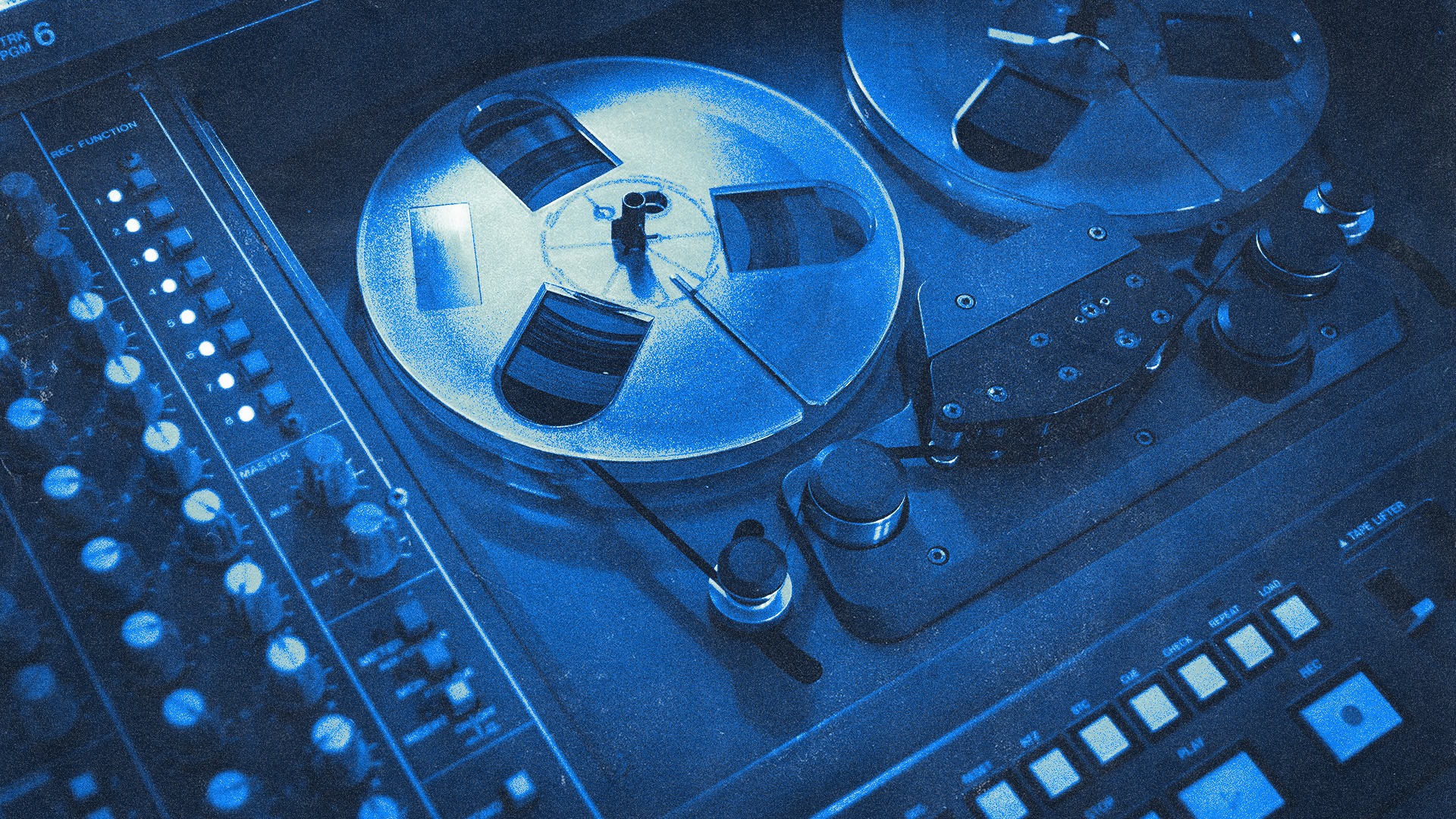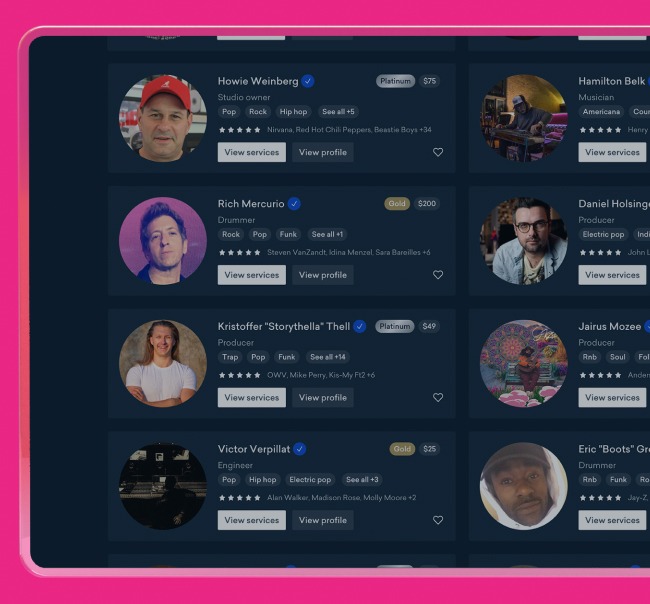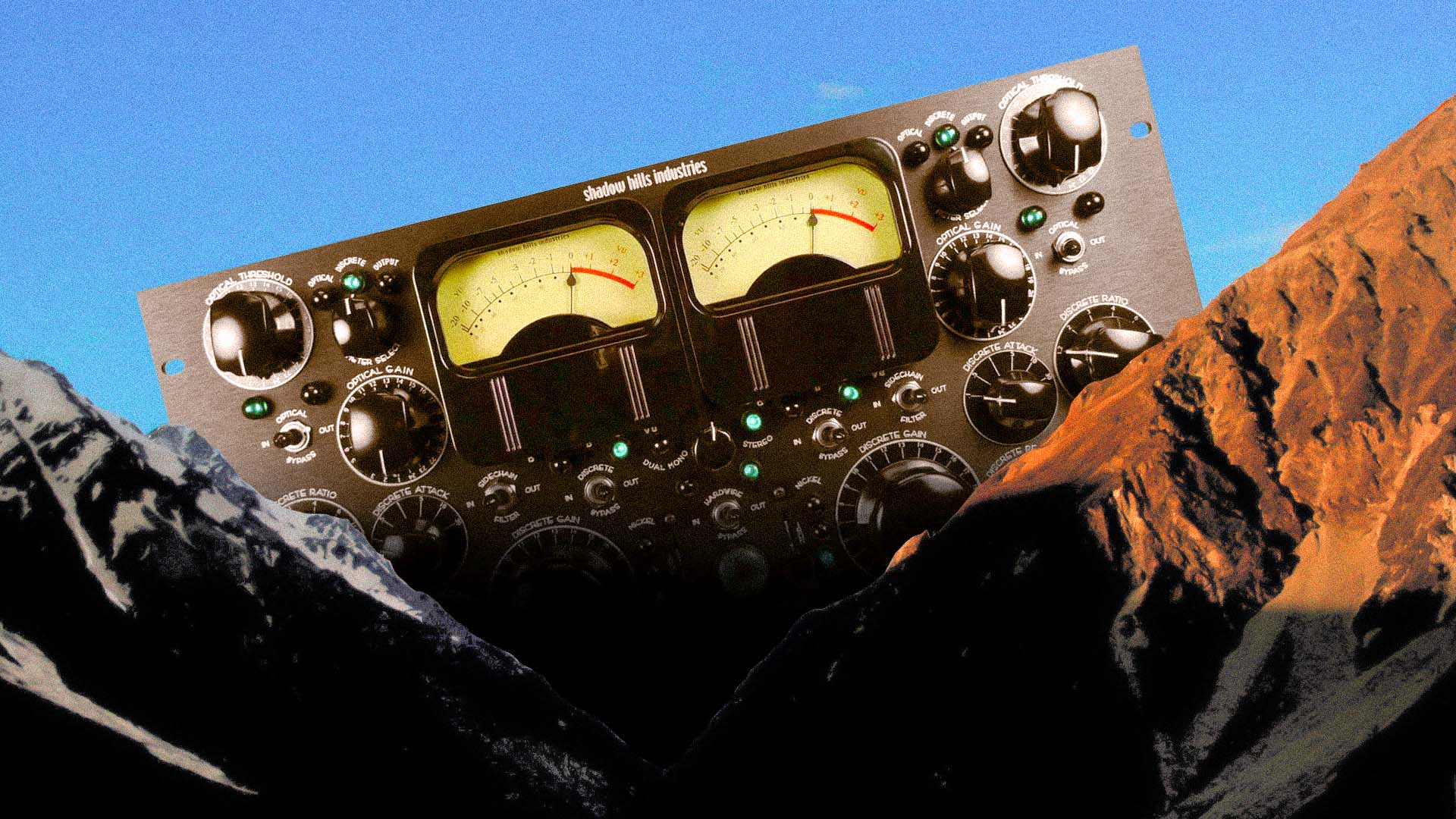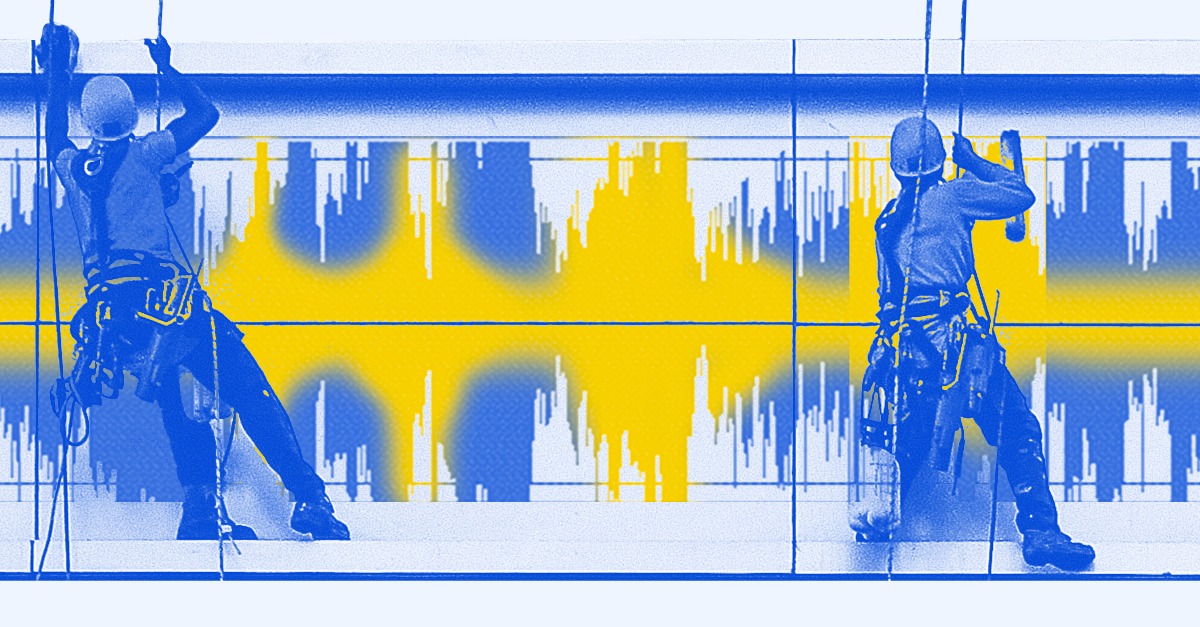
Audio Mastering Myths: 5 Common Claims Debunked

It’s tough to separate fact from fiction when it comes to mastering.
With such a confusing subject, many emerging producers have assumptions about the process that aren’t actually true.
But plenty of audio mastering myths are easy to bust if you take a closer look and break them down.
In this article I’m debunking the top 5 misconceptions that artists hold about mastering.
Let’s get started.
1. Mastering is just fancy bus processing
One of the most persistent myths about mastering is that it’s a purely aesthetic process that amounts to nothing more than “mixing” a stereo track to sound better.
If you’re used to using master bus processing to get color and character on your entire mix, you might think that mastering is just more of the same.
While shaping the overall character of the mix is an important factor, a mastering engineer’s first job is to prepare the mix for the playback medium where the listener will hear it.
This means hitting targets for important signal qualities like loudness, dynamic range and frequency balance.
The way the engineer accomplishes those goals can contribute to the aesthetic qualities of the mix.
But that’s often secondary to making sure it plays back properly!
2. Mastering is expensive
The sky’s the limit if you have an unconstrained budget for music production.
This is true of every stage of the process, from writing to mastering.
But mastering has an outsized reputation for high cost in some circles.
It’s true that the most sought-after mastering engineers charge eye-watering fees for their services.
But the top 1% of providers doesn’t represent the whole.
Today there are plenty of solutions for mastering that won’t break the bank. From hiring a professional for competitive rates online to using an automated instant mastering service, mastering has never been more accessible to the average musician.
3. The goal of mastering is make songs as loud as possible
This is a persistent mastering myth from the CD-era that just won’t die.
Around the introduction of consumer digital audio, some in the industry developed a theory that consumers would naturally favor louder recordings over others.
The evidence was shaky, but the possibility launched a race to create ever louder masters on the chance it could be true.
Now known as the loudness war, the trend culminated in the 2000s with several notoriously deafening releases.
As we now know, increasing loudness comes with a significant trade off in dynamic range.
As masters got louder, they started to sound flat, fatiguing and sterile.
Today, streaming services like Spotify cap the loudest material at a sensible level for general listening.
This means there’s no longer any incentive for engineers to race toward the mathematical limit of a digital audio file.
After all, if you need it louder, you can just turn up your volume control!
Mastering fundamentals explained
Learn more about mastering with these in-depth guides.

4. Anyone can master a song manually with standard mixing gear
This might be the most controversial audio mastering myth of all.
Some DIY production gurus maintain that quality mastering can be done easily with a typical bedroom studio setup.
While there’s no such thing as impossible when it comes to music production, the reality is that this approach rarely yields effective results.
Commercial mastering facilities invest huge amounts of money in the equipment they use in their main mastering chain.
But the real difference between home setups and pro studios is the quality of the listening environment.
🧠 Hot tip
To achieve a master that translates to any system where a listener will encounter your track, you need a transparent room.
Creating one is easier said than done…
Any environment without sufficient acoustic treatment will greatly color your decisions about frequency balance and dynamics.
That makes it extremely difficult (some would say impossible) to create a successful master the way a pro engineer or AI engine can.
5. Mastering can fix issues in the mix
One of the most damaging misconceptions is that mastering can fix issues that haven’t been addressed during the mix.

Pre-mastering essentials.
It’s true that some minor defects can be caught and dealt with during mastering. But this is limited mostly to technical problems that can be solved with audio restoration techniques.
When it comes to broader issues, mastering is not a magic wand that can correct fundamental problems that stem from a poor mix.
In fact, mastering is most effective when it’s applied to a well-balanced mix with proper levels, EQ, and dynamics.
If your mix contains issues like muddy low frequencies or harsh vocals, you’ll have to correct them during the mixing stage.
Trying to fix these problems in mastering can result in unwanted side effects and a compromised final product.
Remember, mastering is the final polish applied to a mix, not a tool for correcting fundamental problems.
Mastering demystified
In the end, mastering is a highly technical art form with intricacies that are sometimes misunderstood.
But it shouldn’t be mysterious or inaccessible to the average musician.
With a bit of debunking and explanation, most of the myths around mastering can be easily dispelled.
If you’ve made through this article you’ll have a great start when it comes knowing the truth about audio mastering myths.
Gear guides, tips, tutorials, inspiration and more—delivered weekly.
Keep up with the LANDR Blog.















